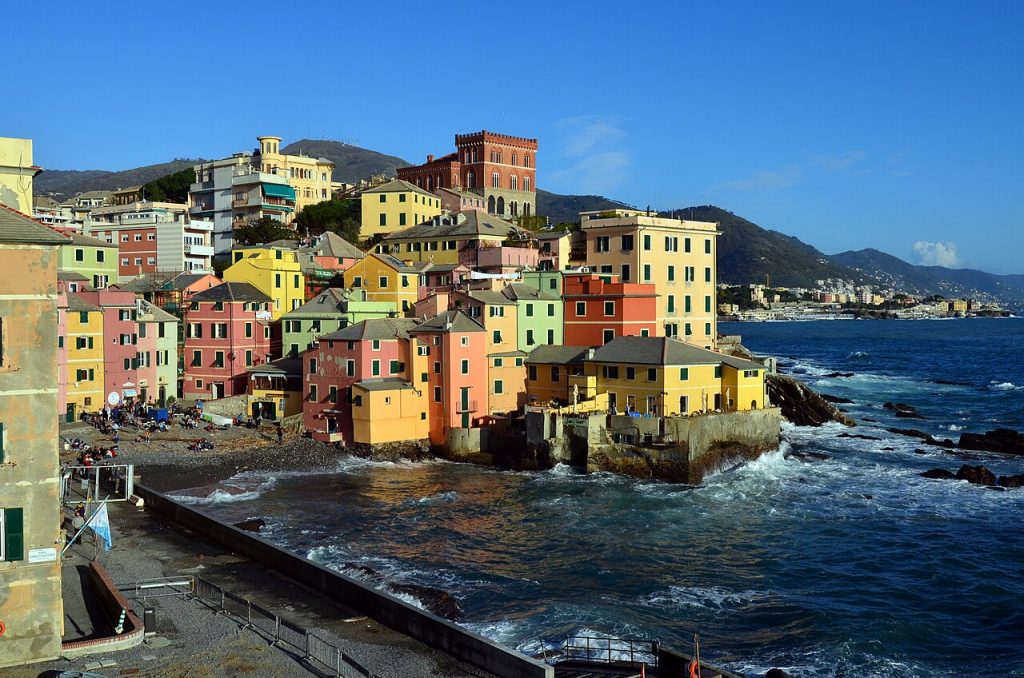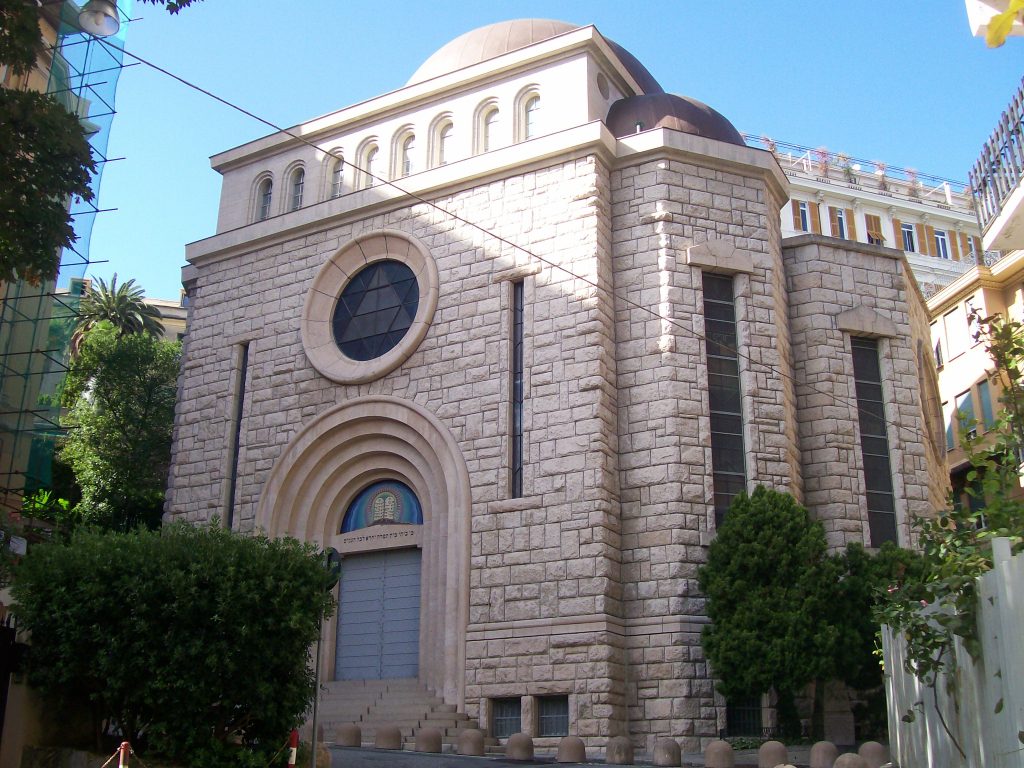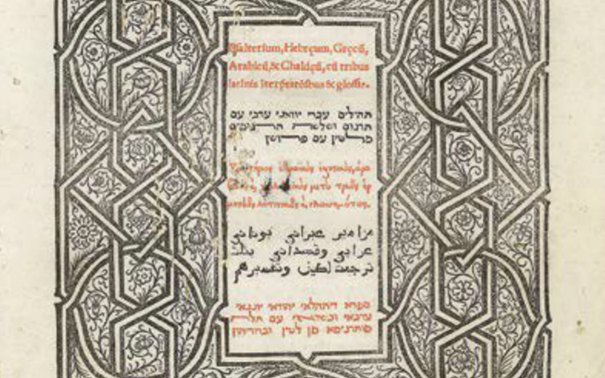
The Genoese Jewish presence seems to date back to at least the 6th century, when Theodoric authorized the community to renovate a synagogue there, which was destroyed during actions by hostile locals. This presence was very limited in the Middle Ages, Benjamin of Tudela only noted the presence of two Jews, dyers from North Africa.
In the turn of the Spanish Inquisition, Jews were allowed to settle in Genoa and expelled several times throughout the 16th century. The same was true of their obligation to live in a ghetto, sometimes enforced vigorously, sometimes flexibly.

In 1516, the first bible in several languages was published in Genoa, mixing Hebrew, Greek, Latin, Aramaic and Arabic. It included footnotes on Christopher Columbus. His son complained to the authorities about his father’s description. They ordered the 2,000 printed books to be destroyed. A few copies survived this decree. One of these was sold at auction in New York in 2017.
If the Genoese Jewish population was only 70 in 1763, the equality in law granted in 1848, allowed this population to increase and to represent in these years nearly a thousand people.

A new synagogue was inaugurated in 1935 for the 2,500 Genoese Jews. As in the rest of Italy, they will be victims of the racial laws of 1938. Following this application and before the German occupation of the city in 1943, many Jews managed to flee. 238 Jews were deported, of which only 10 will survive.
At the end of the 19th century, a new Jewish cemetery was used and the tombs buried in the former one transferred there.